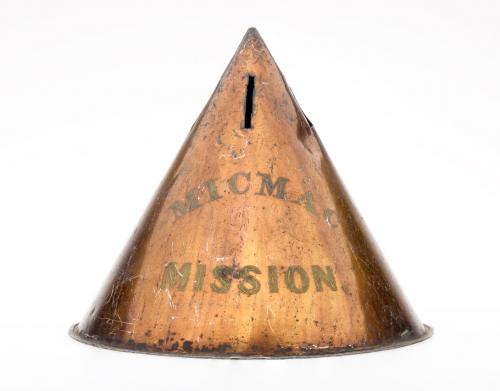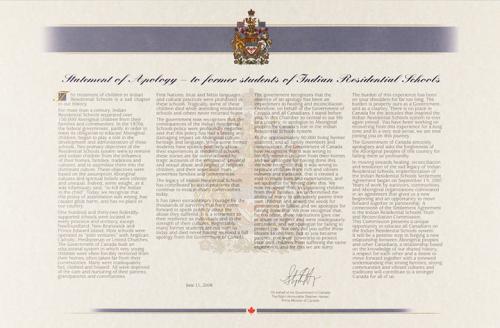
Whose Stories Get Told?
People are storytellers. We share stories with each other. We teach them in our schools. We celebrate them with monuments. We record them in our public institutions like museums, archives and libraries.
In 2018, more people are questioning which stories should be celebrated or commemorated, and how. The Museum is working closely with communities that have been underrepresented to ensure that their stories are told with empathy and respect, either at museum sites or in community venues. We are using loans and digitization to increase access to artifacts. We are facilitating opportunities and partnerships to preserve and teach heritage skills and intangible heritage.
As we move forward, new stories will be told in new ways more and some old stories may be told less. What stories from history do you wish got more attention? How could these stories be best told?
 Statement of Apology to former students of Indian Residential Schools
Statement of Apology to former students of Indian Residential Schools
Celebrating All Storytellers
We’ve made it a priority to shine a light on people whose stories have traditionally been consigned to the margins of history. Like museums worldwide, we are increasingly understanding that we are stewards of the objects we collect, not owners.
We’re bringing a more interdisciplinary approach to our museum making as we work to connect artifacts to their communities of origin. We’re seeking out intangible evidence that will help bring our objects to life. We recently acquired a large collection of wooden flowers so that we could tell the fascinating stories of the Mi’kmaq artists who created them.
Our understanding of Nova Scotia’s history continues to evolve. Visit these museum sites to learn more.
- Baile nan Gàidheal | Highland Village in Iona, today actively working to revive the Gaelic language, where you'll experience the rise and fall of the language through first person interpreters recreating the mid 1700’s to early 1900’s
- Haliburton House Museum in Windsor, where T.C. Haliburton wrote The Clockmaker, once standard fare in Nova Scotia classrooms, now out of fashion for the sexist and racist views it expresses
- The Maritime Museum of the Atlantic in Halifax, which is actively working with communities to research seafaring traditions that have not previously been studied, including African Nova Scotians
- McCulloch House Museum in Pictou, home to Thomas McCulloch, one of Nova Scotia’s most influential education reformers